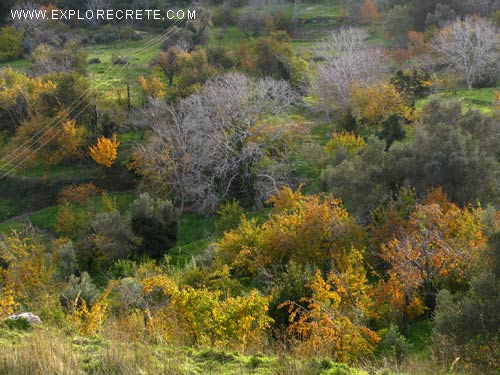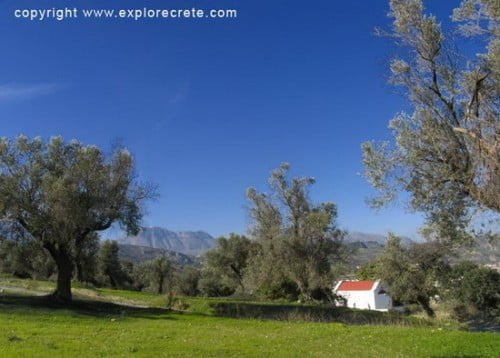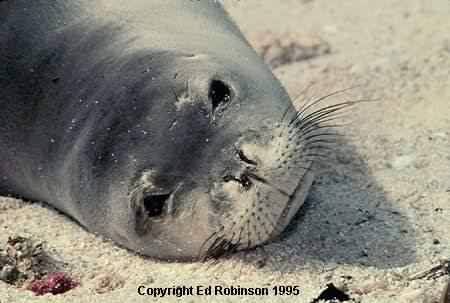Pollution in the Mediterranean Sea
Known as the cradle of civilization, the Mediterranean region has been subject to human intervention for millennia, so that little remains of indigenous ecosystems. Yet the region is still an important biological resource. What exactly is the “Mediterranean region”? For the UNEP (United Nations Environment Programme), the Mediterranean region is determined by nature’s borders of the “olive tree line”.
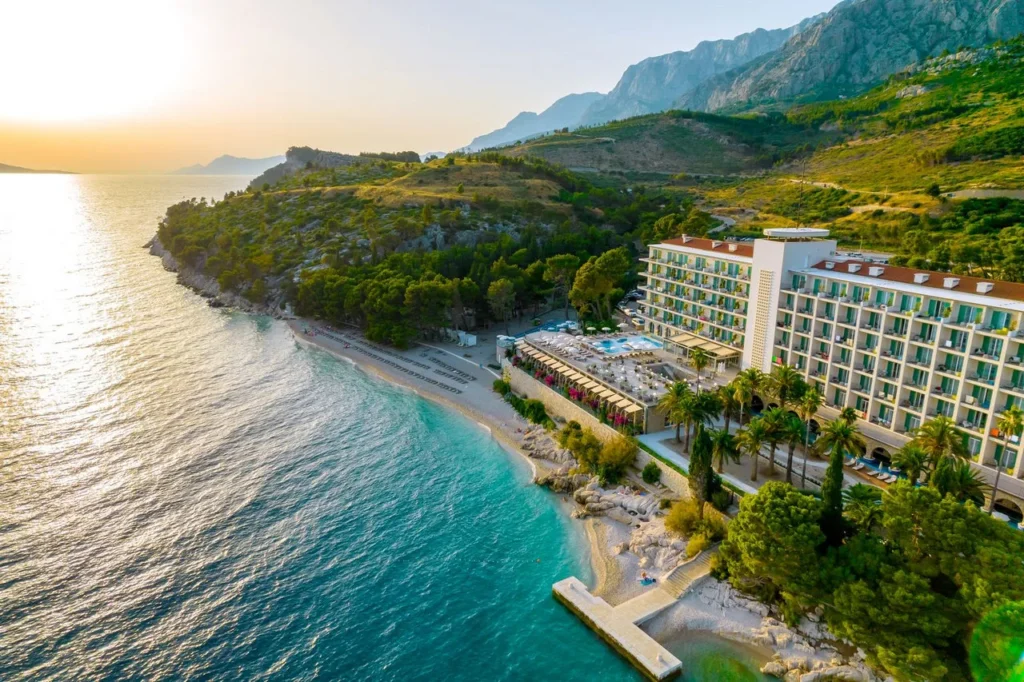
The Mediterranean Sea covers 2,500,000km2 with an average depth of 1,500 metres the deepest point being over 5,000 metres in the part known as the Ionian sea, between Greece and the “foot” of Italy. The coastline extends 46,000km running through 22 countries.
The region is known for its particularly mild climate with uniform and moderate temperatures. Rainfall patterns are however, more unpredictable with a high of 1,200mm per year in Genoa (Italy) to a low of 100mm per year in Djerba (Tunisia).
Around its coasts are lands rich in endemic species. The variety of flora is estimated at over 25,000 species, over half of which are endemic. Turkey and Greece alone contain a large proportion of endemic plants, which represent a wealth not only of natural beauty but also of potential medicinal and culinary properties.
The major rivers of the region have generated invaluable wetlands such as the deltas of the Nile, the Ebros, or the Rhone. These nutrient-rich wetlands attract an estimated two to five billion migratory birds each year. Yet, only approximately six per cent of wetlands previously known to have existed in Roman times remain.
Similarly, forest cover has been greatly reduced throughout the long history of human settlement. It is estimated that only five per cent of the Mediterranean region is covered in forests, mainly concentrated on the northern shore. Archaeological remains show that there once were lush forests throughout the area, where now often only shrub or desert remains.
These forest areas were particularly important in protecting the fragile soil from excessive dry spells and water erosion from torrential rains. Unfortunately, largely because of human pressure and agriculture, they have been removed, and the desolation of some Mediterranean landscapes bear witness to the important stabilizing role they had to play.
Although the Mediterranean sea covers only one per cent of the world’s marine areas, it contains some six per cent of its marine species. Some of the world’s most endangered species, such as the monk seal, can be found in the Mediterranean.Fish stocks are down to 20 per cent of natural levels in some areas, and the Mediterranean is now a net importer of fish.
Today, 82 million people live in coastal cities; by 2025 there will be an estimated 150-170 million. Today the southern countries account for 32 per cent of the region’s population; by 2025 that is expected to have reached 60 per cent.
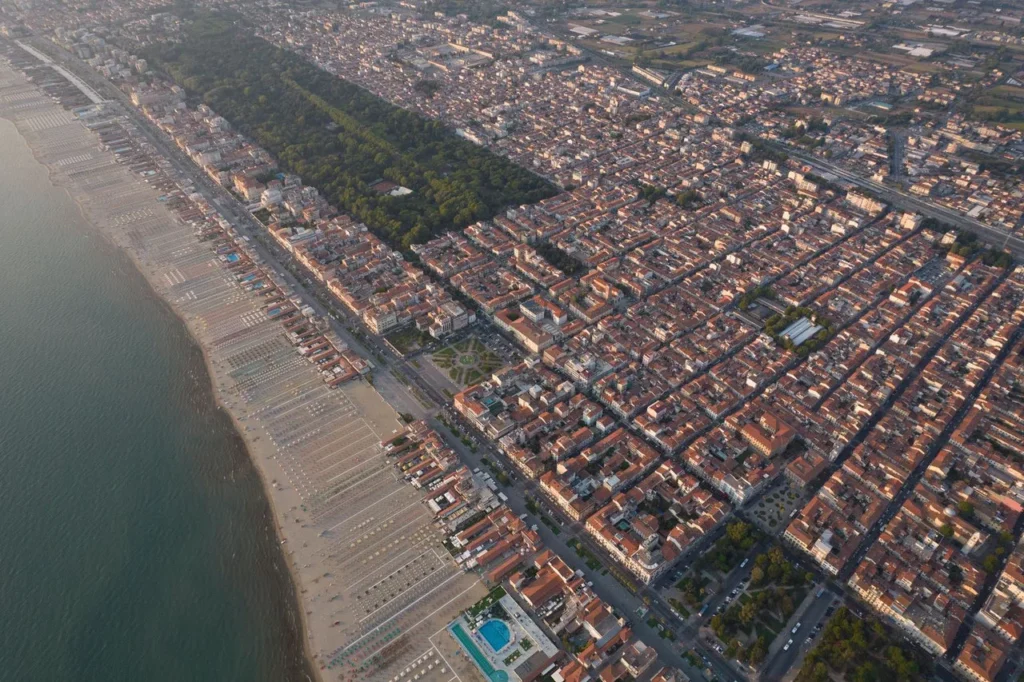
Seasonal population pressures are also expected. Over 100 million tourists flock to Mediterranean beaches every year and this number is expected to double by 2025. In order to cater for this booming business, natural habitats have been replaced by modern resorts; breeding and nesting sites notably of the endangered loggerhead sea turtle (Caretta-caretta) have been destroyed to accommodate tourist facilities; and the extra pollution generated is often dumped untreated into the sea, threatening the entire eco-equilibrium of the region.
The United Nations Environment Programme has estimated that 650 million tons of sewage, 129,000 tons of mineral oil, 60,000 tons of mercury, 3,800 tons of lead and 36,000 tons of phosphates are dumped into the Mediterranean each year. Meanwhile, 70 per cent of the wastewater dumped into the Mediterranean is untreated.
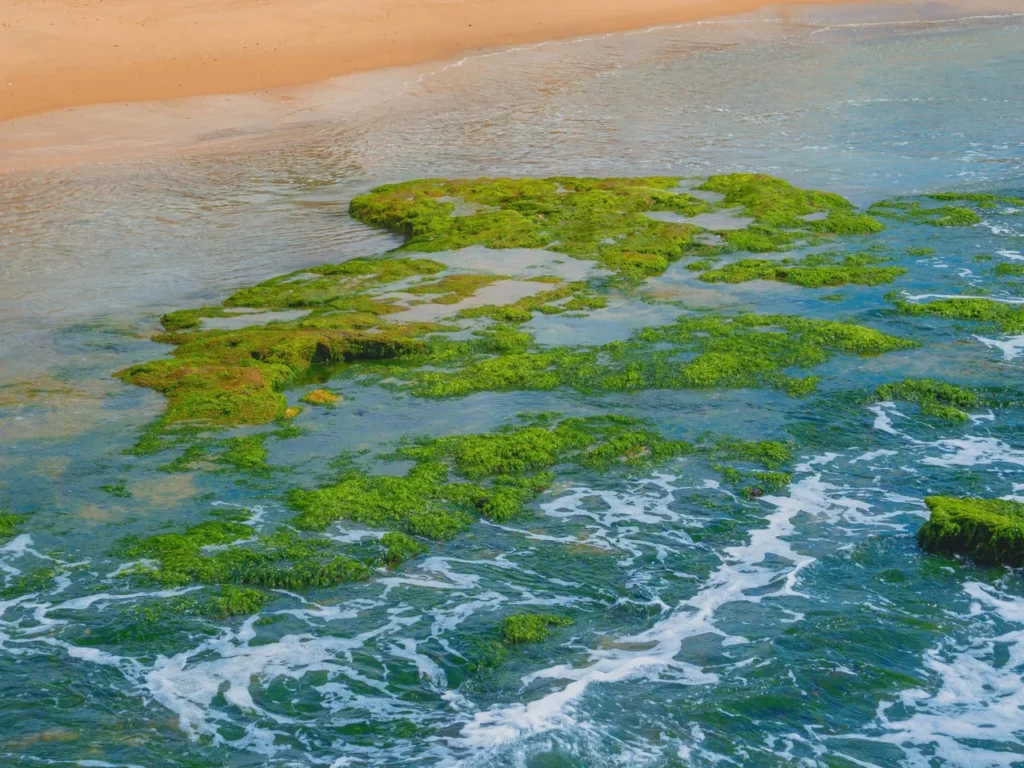
The sea is also a major oil transportation route and up to one million tons of crude oil are discharged annually from accidental spills, illegal bunkering and tank cleaning practices, as well as inadequate harbour facilities.
Pollution also reaches the Mediterranean through its major river systems: the Po, the Ebro, the Nile, and the Rhone which carry substantial amounts of agricultural and industrial wastes. As the Mediterranean is almost entirely landlocked, its waters have a very low renewal rate (80 to 90 years) making them excessively sensitive to pollution.
Unrealistic subsidies on energy have led to the excessive depletion of natural resources such as freshwater and oil. Social and political crises such as war, poverty, immigration, and political strife have also taken their toll on natural resources. The erstwhile famous cedar forests of Lebanon have been totally destroyed during the 15 years of civil war which ravaged the country.
Freshwater is a vital source of all life. In the Mediterranean, its scarcity together with the pollution of the existing resources, has reached alarming levels. It is estimated that by 2025 one out of every two countries in the Mediterranean will be using freshwater resources in excess of their regeneration rates. Malta and Cyprus already do so.
Groundwater is particularly important, but the quality of aquifers is difficult to maintain. Pollution sources include agricultural effluent, industrial toxins, and sewage. The population explosion, particularly in the southern and eastern basin, has caused all three to increase well beyond sustainable levels.
The Mediterranean is facing a turning point. The recognition of a developing crisis in the Mediterranean has produced an increased political will to tackle environmental problems and to ensure economic and social stability and sustainability. National Environmental Action Plans have already been undertaken in all the northern countries, as well as in Egypt, Tunisia, and Jordan. Most countries have ratified the Barcelona Convention, proof of their goodwill to move forward. What is needed now is practical action.

Source: this articles is based on a WWF report
© explorecrete.com All Rights Reserved. Reproduction or copying without permission is prohibited.

